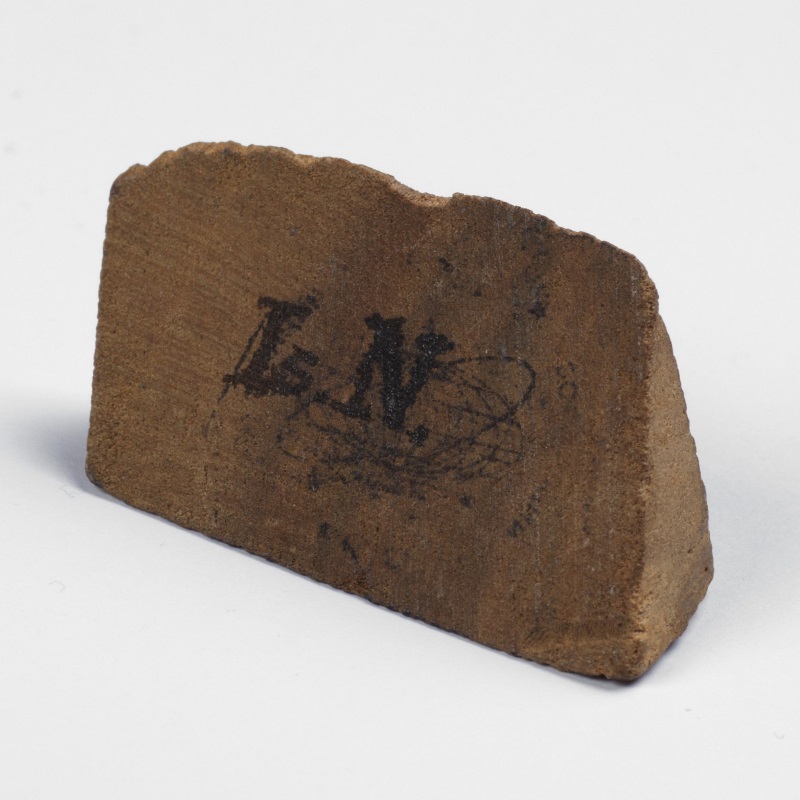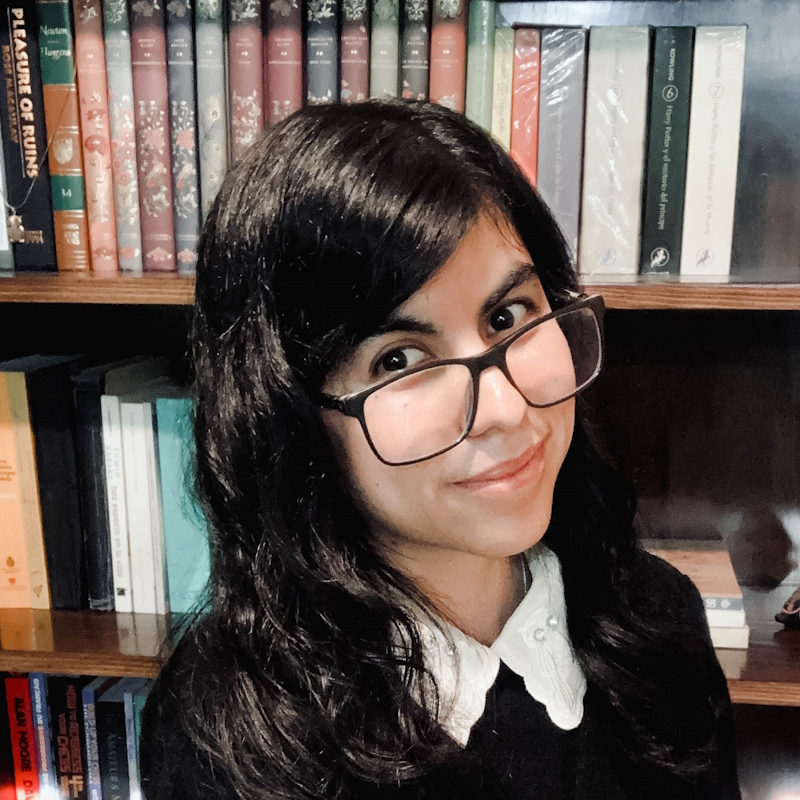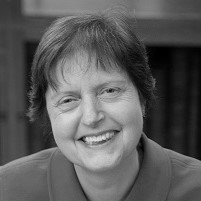We are pleased to welcome Anna Marie Roos, from the University of Lincoln, as the new Editor of Notes and Records of the Royal Society, where she is a reader in the history of science and medicine.

We are pleased to welcome Anna Marie Roos, from the University of Lincoln, as the new Editor of Notes and Records of the Royal Society, where she is a reader in the history of science and medicine. We asked Dr Roos a few questions about her background, experience and her new role.
When and why did you become interested in science history?
I had a crush on Carl Sagan when I was a teenager, and his series Cosmos inspired me to read Arthur Koestler’s book The Sleepwalkers and the work of Thomas Kuhn. As an undergraduate majoring in molecular biology, I had the opportunity to take a history course and investigate the social and political context in England of a 1652 solar eclipse called “Black Monday” using cheap print and broadside ballads from the period. I was hooked. The early modern history of science has been a lovely obsession ever since, but I still write a scientific paper or two concerning genomics and scientific taxonomy.
Tell us about your background?
I am a reader at the University of Lincoln. Lincolnshire was home to many eminent scientists and explorers, including Robert Grosseteste, Sir Isaac Newton, Sir Joseph Banks, George Boole, John Harrison and Sir John Franklin, whose statues stand both outside the Royal Society and in the market place of my local town, the place of his birth. Living in Lincolnshire, I can also visit Newton’s home at Woolsthorpe whenever I desire. My research concerns the early modern history of science, and currently, I am writing my fifth book, an intellectual biography of a Royal Society President named Martin Folkes (1690-1754) of whom almost no one has ever heard. He’s fascinating, and it seems that as I wrote a book about another little known but important naturalist called Martin Lister, I am destined to write about Martins. I’m also writing another book about the cultural history of goldfish with Reaktion Press, though I do not know of a koi named Martin, at least not yet!
What attracted you to the role of Editor for Notes and Records of the Royal Society?
It is an enormous honour to be associated with The Royal Society. As an undergraduate in Colorado, I saw the early Philosophical Transactions for the first time on an opaque microcard reader, and I stayed at the library until 11 pm reading them. I was almost locked in the building! So, being able to edit a journal for the organisation was a distant dream that became reality.
What are you most looking forward to in your new role?
Getting stuck in, learning about new research and helping authors get the very best out of their papers. And having a sneaky visit to the Royal Society library after editorial meetings!
How do you see the journal progressing over the next few years?
Previous editors, including, but not limited, to Robert Fox and Ben Marsden have established the journal on a firm footing with high-quality contributions. I would like to continue in this vein, covering more topics in global history of science, expanding our audience, tapping more scholars outside of the US and UK for papers and using the media magic of the Royal Society team to create more podcasts and radio programmes about the research of contributors. I also want to ensure diversity of contributors and reviewers. The Royal Society is a diverse and global organisation of international excellence, and the history of science journal needs to reflect that vision.
What are the dynamic topics in history of science at the moment?
That is a hard one, because there are so many from which to choose! The history of natural history and alchemy/chemistry has expanded enormously; there is some excellent work being done with the history of peer review in the sciences; the art-science continuum remains a fertile area of research and we are seeing a revival of nuanced biography in the history of science. Research in the visual and material culture of the history of science and its relationship with museum and archival practice is also vibrant, as is gender history and investigation of the past usage of the domestic space as a laboratory.
How would you characterise the relationship between historians of science and scientists?
That depends on the particular historian and the particular scientist, and I have always thought the “science wars” of the 1990 were counterproductive and now unfortunately are serving as fodder for reactionary interests. As someone who has published both historical and scientific papers, I will say that I have found my work as a historian with scientists to be incredibly rewarding, personally and professionally. As the reconstruction and reenactment of laboratory practice has become more prevalent in history of science’s turn to material culture, such relationships will also become more pronounced. Increased accessibility of scientific archives and digital resources will, I expect, promote curiosity in the history of science among scientists. Regular reciprocal laboratory and library placements between scientists and historians of science during postgraduate or postdoctoral studies would be a very good thing. But having a cup of coffee together is a realistic place to start.
Which five history of science articles, in your opinion, have been the most influential in the past 10 years?
Even though it is older (1998, Early Science and Medicine), I still like Larry Principe and Bill Newman’s exploration of early modern chymistry vs alchemy and the ensuing debates it caused.
Elizabeth Yale’s “The Book and the Archive in the History of Science,” in Isis (2016) contextualises archival afterlives and material book culture in the field and will be cited frequently. Koji Yamamoto’s articles concerning scientific “projectors” were a clever integration of economic and business history. The British Journal for the History of Science’s recent special issue: “States of Secrecy”, edited by Daniel Margóscy and Koen Vermeir featured excellent papers about the essential tension between private and public science in the early modern period. Pamela O. Long’s paper on trading zones in Isis that draws on the work of Gallison and Zilsel. And at the risk of tooting the horn of Notes and Records, Patricia Fara’s 2015 article on ‘Women, Science and Suffrage in World War I’ (and now a terrific book).
Notes and Records is an international journal that publishes original research in the history of science, technology and medicine. Find out more about the submission process or submit now.
Main image
Fragment of wood supposedly from an ancient apple tree at Woolsthorpe Manor, Isaac Newton’s family home. Inscribed with the initials ‘I.N’ denoting Isaac Newton.






